What Symptoms Will The Nurse Identify When Assessing A Client With Graves Disease?
What symptoms will the nurse identify when assessing a client with graves disease?. 1 The nurse is assessing a client with emphysema. It is important to not. The nurse is assessing a client with symptoms of hyperphosphatemia.
Which of the following findings should the nurse expect the client to display. Pain Assess for hypercalcemia Keep emergency intubation equipment at bedside A client is newly diagnosed with Addisons disease and asks the nurse What is that. The answer to this question is C.
The NCLEX exam loves to ask questions about patient education common side effects of medications and major signs and symptoms the patient can exhibit with this condition. Which of the following is most likely related to the clients symptoms. Maintaining room temperature in the low-normal range-graves disease causes signs and symptoms of hypermetabolism such as heat intolerance diaphoresis excessive thirst and appetite and weight loss.
For clients with a current COD to determine the nature of the symptoms that might wax and wane to help the client monitor the symptoms especially how the symptoms improve or worsen in response to medications slips ie substance use and treatment interventions. Some of the assessments and reassessments of the client include the identification of the local and systemic signs and symptoms of infectious diseases including inflammation and an elevated temperature respectively in addition to the many others the assessment of laboratory data during the course of treatment including the clients erythrocyte sedimentation rate the white blood cell count. C The pulse rate increases to meet increased tissue demands for oxygen in the febrile state.
As the nurse taking care of a patient with Graves Disease it is important you know the typical signs and symptoms patient education and treatments. Chest with a decreased AP diameter D. Signs of symptoms that the patient may be experiencing if heshe had an arrhythmia includes the following.
Palpitations nausea vomiting pallor diaphoresis weakness fatigue numbness andor tingling of arms dyspnea restlessness cold and clammy skin dizziness syncope confusion anxiety decreased level of consciousness decreased oxygen saturation either hypotension or. To replace fluids lost via diaphoresis the nurse should. To reduce heat intolerance and diaphoresis the nurse should keep the clients room temperature in the low-normal range.
Additionally clients with Cushings syndrome may also experience excess fat around the face sometimes called moon face. Recent orthopedic surgery.
What should the nurse do next.
Adherence to a vegan diet 2. The answer to this question is C. What should the nurse do next. Which of the following findings should the nurse expect the client to display. As the nurse taking care of a patient with Graves Disease it is important you know the typical signs and symptoms patient education and treatments. Minimal physical activity. The nurse is caring for a client with suspected Graves disease. The nurse is assessing the chart. Patients with Graves disease often have enlargement of the thyroid gland and become hyperthyroid.
Increased oxygenation 2 Upon assessing a patient with pulmonary edema the nurse notes tachypnea and bilateral crackles. Minimal physical activity. Patients may notice the eyes become more prominent the eyelids do not close properly a gritty sensation and general irritation of the eyes increased tear production or double vision. December 2 2015by Rana WaqarLeave a Comment. Fever may increase but does not cause difficulty in breathing. Assess for bleeding at surgical sight. A client who has Graves disease can have difficulty sleeping and anxiety due to the overproduction of thyroid hormone.

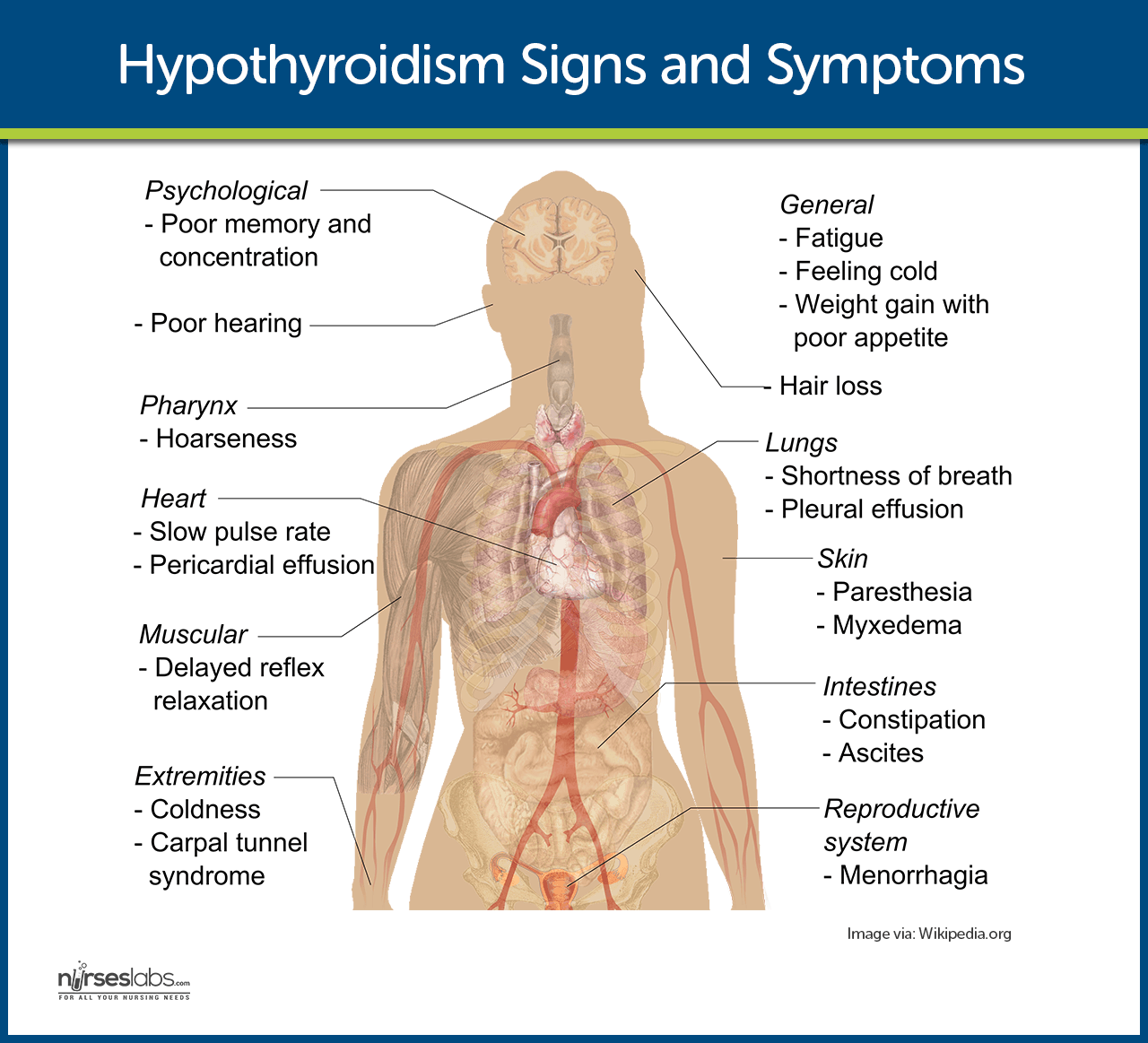









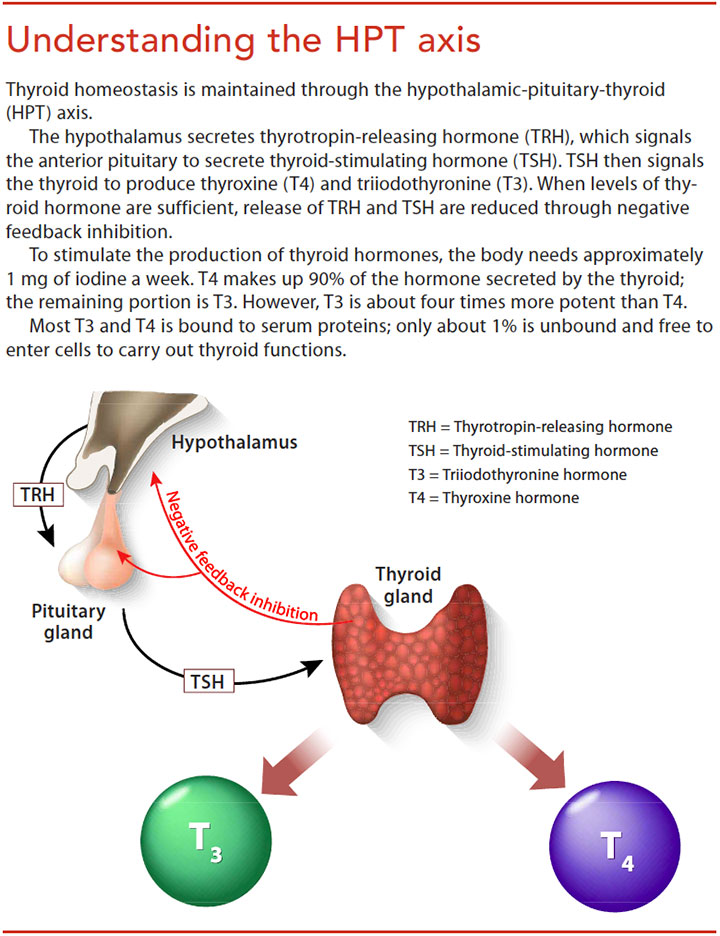



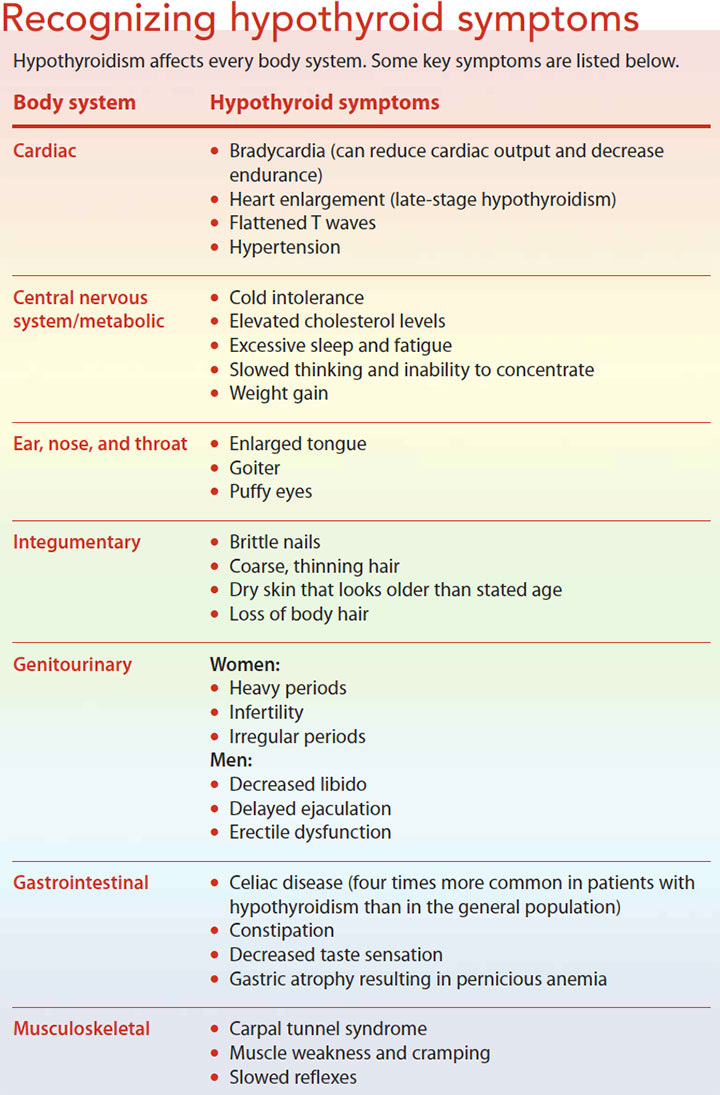









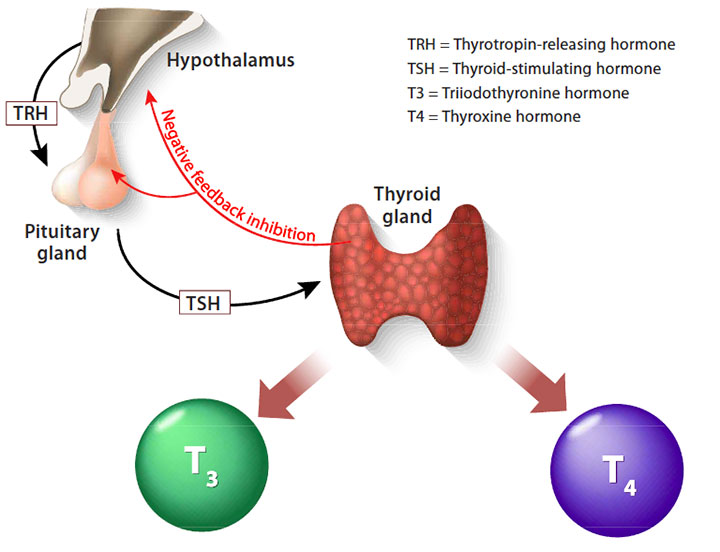
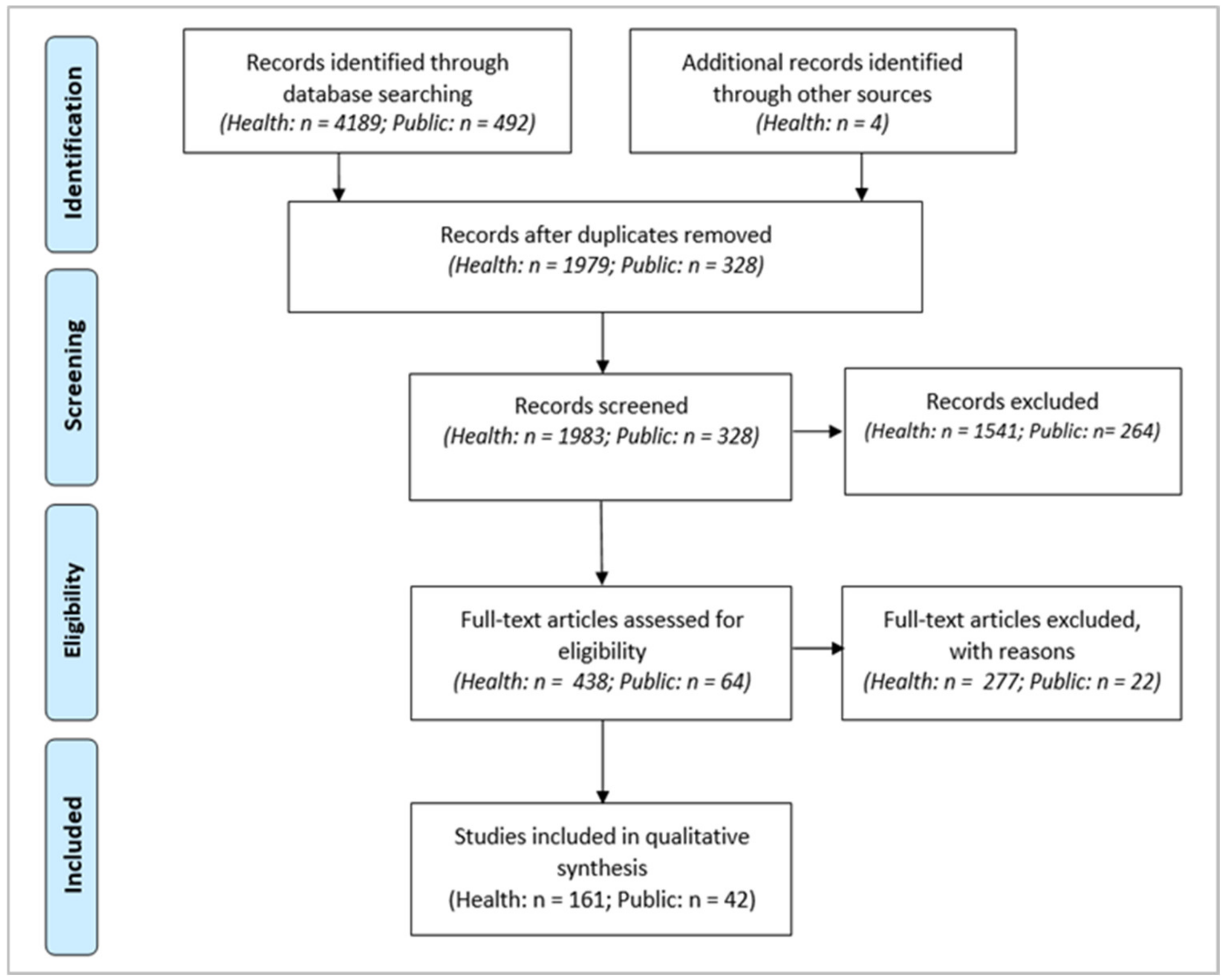



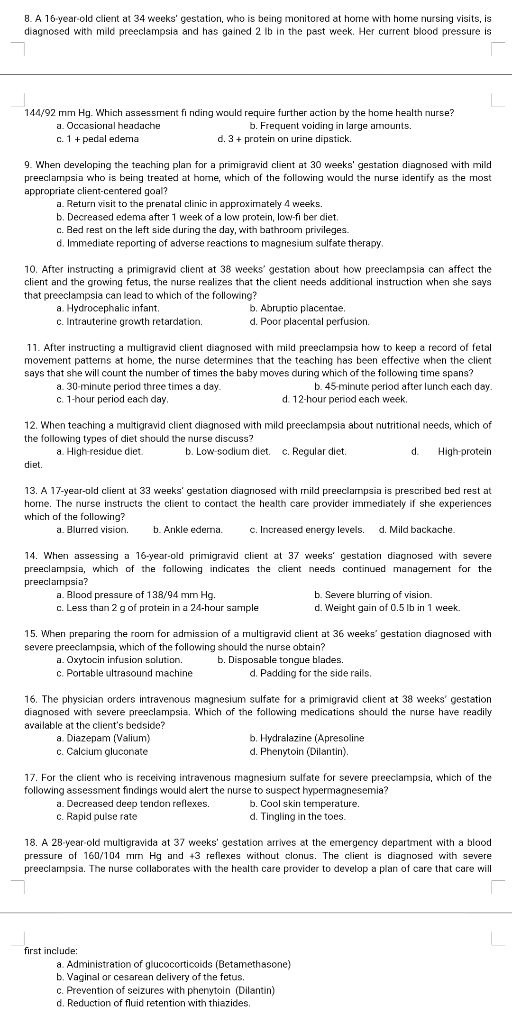

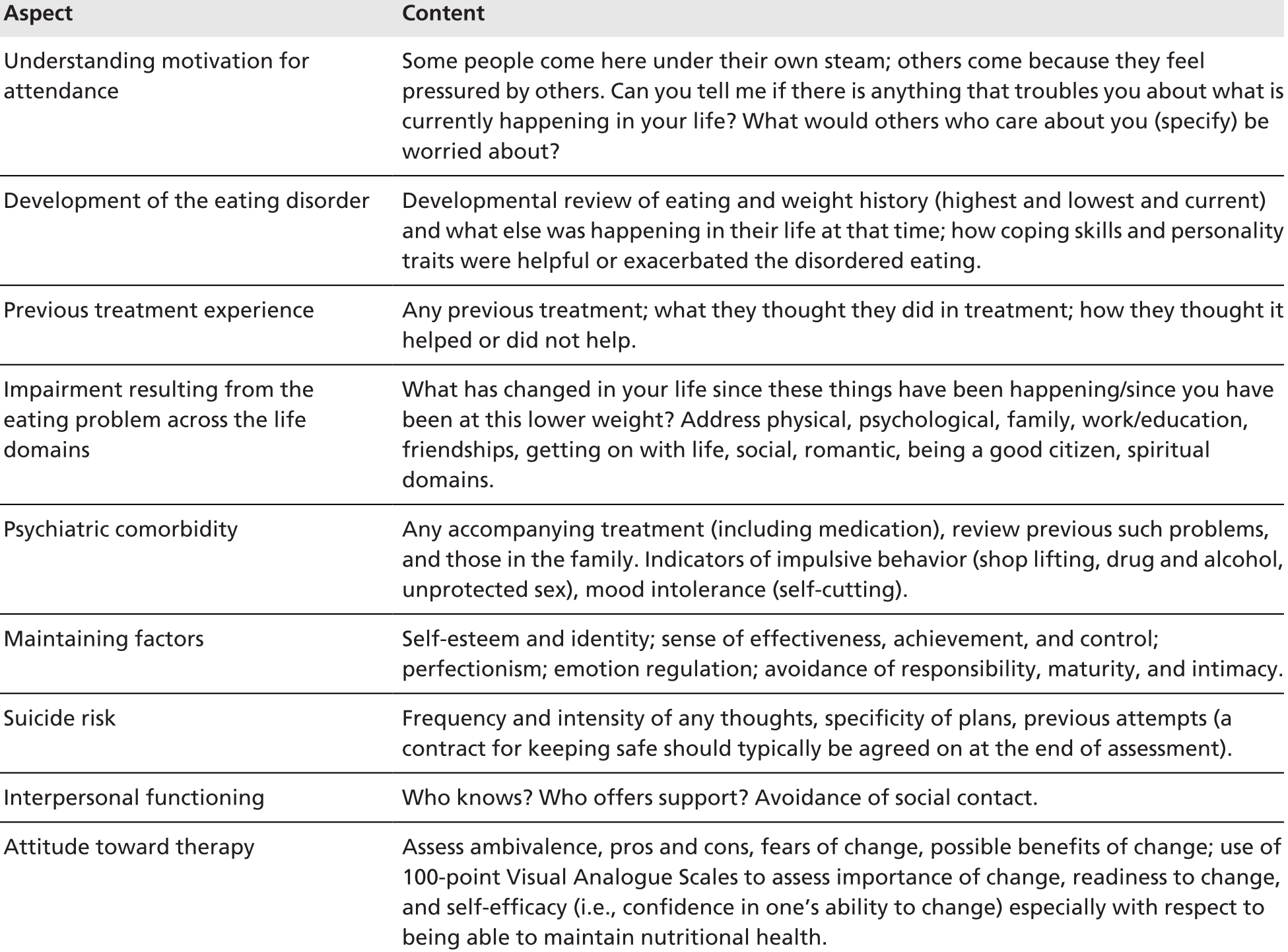
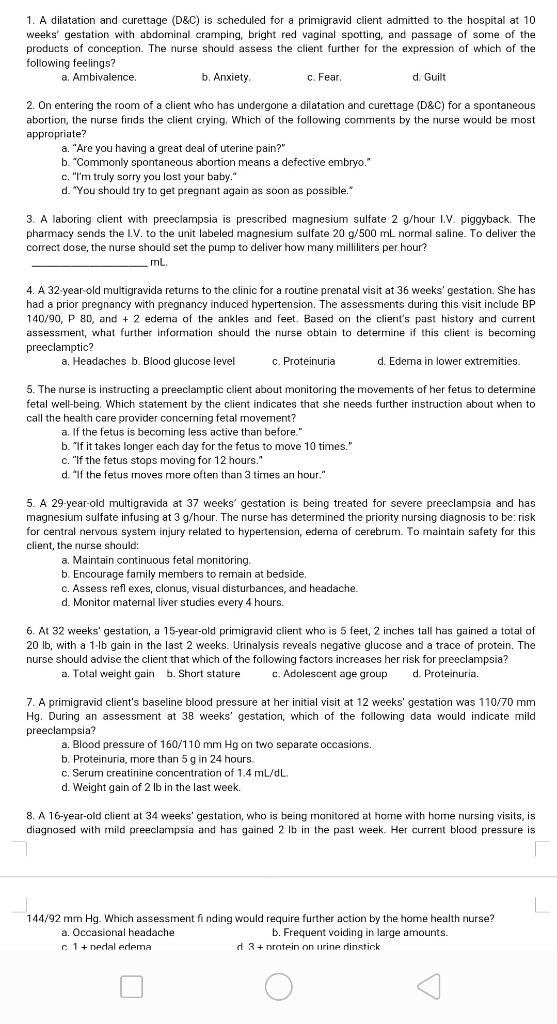
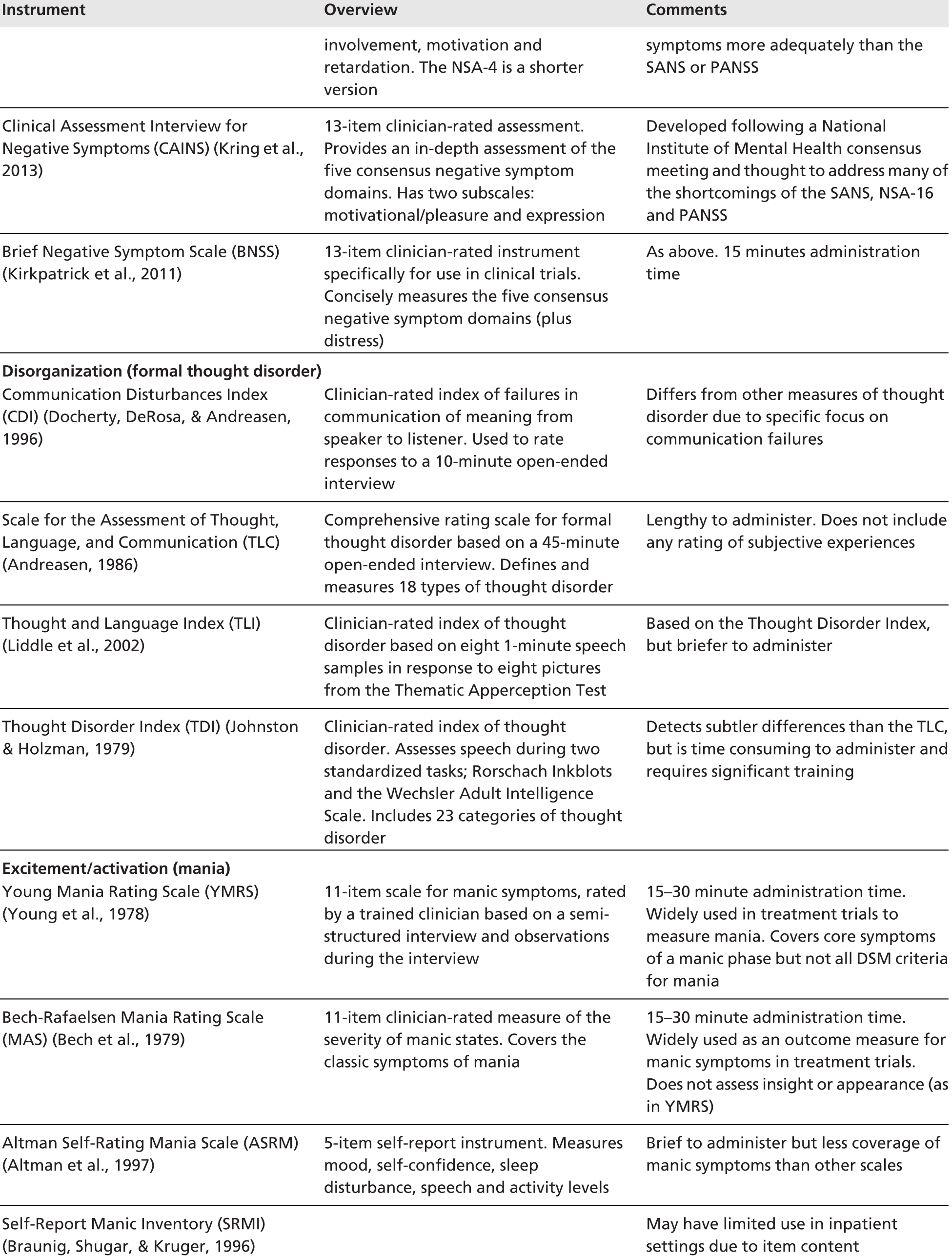



Post a Comment for "What Symptoms Will The Nurse Identify When Assessing A Client With Graves Disease?"